Neuroscience
Category: neuroscience – Page 996

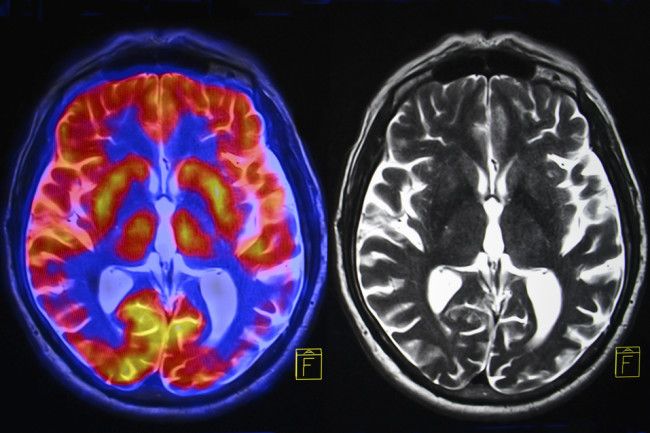
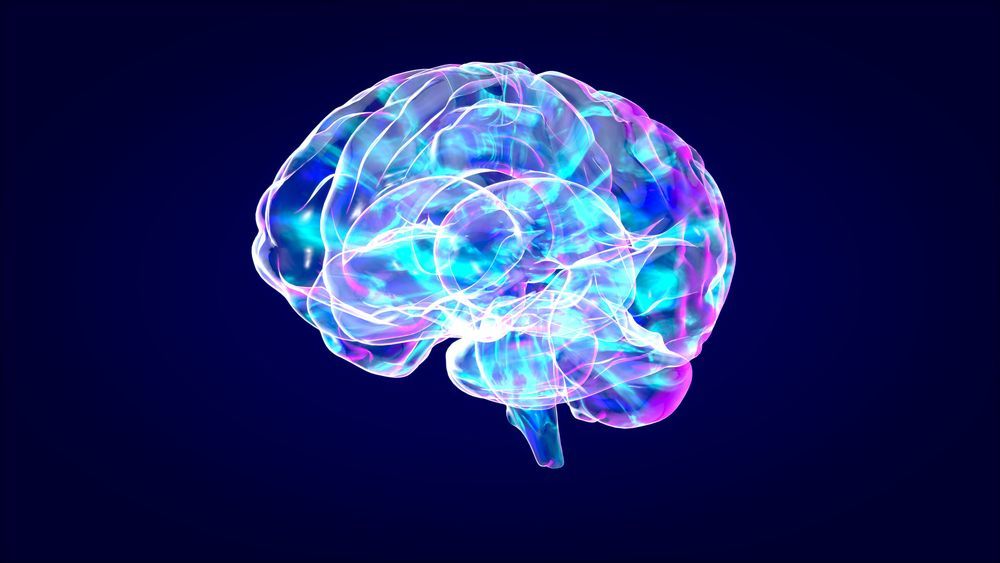
Insights into anti-aging properties of experimental Alzheimer’s drug
Scientists from the Salk Institute for Biological Studies are homing in on exactly how two new experimental Alzheimer’s drugs could be generating the anti-aging effects seen in early animal studies. The discovery of a unique metabolic pathway, associated with both general aging and the onset of dementia, offers researchers novel directions for future anti-aging studies.
Salk researchers have been developing two experimental drugs for several years with a view on improving cognition and slowing the neurodegenerative decline associated with Alzheimer’s disease. Called CMS121 and J147, the drugs were effective in slowing the progression of Alzheimer’s in initial animal tests. However, the compounds also seemed to demonstrate signs of slowing down general markers of brain aging.
As the two drugs move toward human trials, the researchers have been working to uncover exactly what molecular mechanisms are at play to explain how they work. One potential mechanism was uncovered in early 2018 but that was only part of the story. Now, the Salk team has uncovered an exciting new molecular pathway, influenced by the two drugs, that could explain how the compounds slow down brain aging.
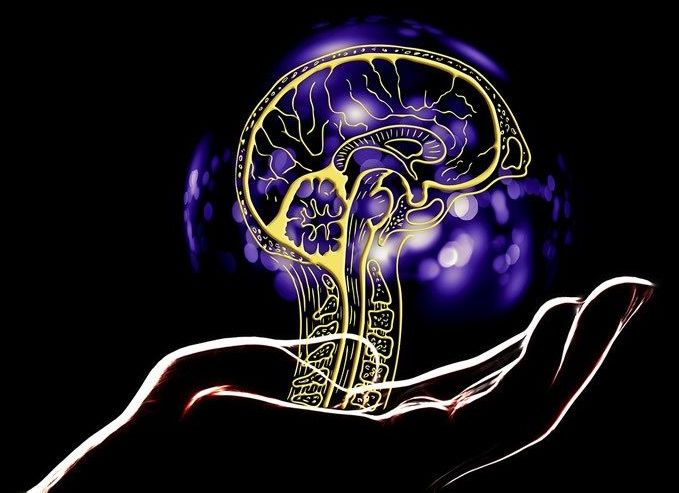
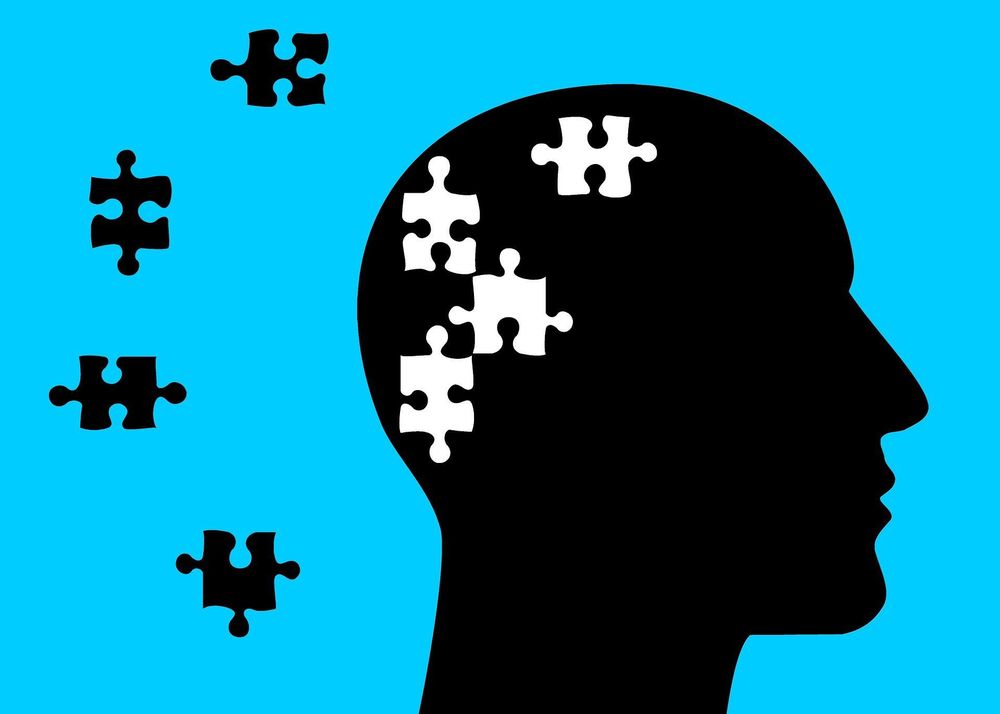
Alzheimer’s memory discovery reveals function of brain area affected at onset
Scientists at the Universities of St Andrews and Edinburgh have discovered the functions of the area of the brain in which Alzheimer’s begins, offering hope for the development of future treatments.
Alzheimer’s disease is the commonest form of dementia with more than 520,000 people in the UK suffering from the disorder.
The first symptoms of this progressive disorder (which results from degeneration of memory networks in the brain) are problems remembering the things that have happened to us. This type of memory is called episodic memory.
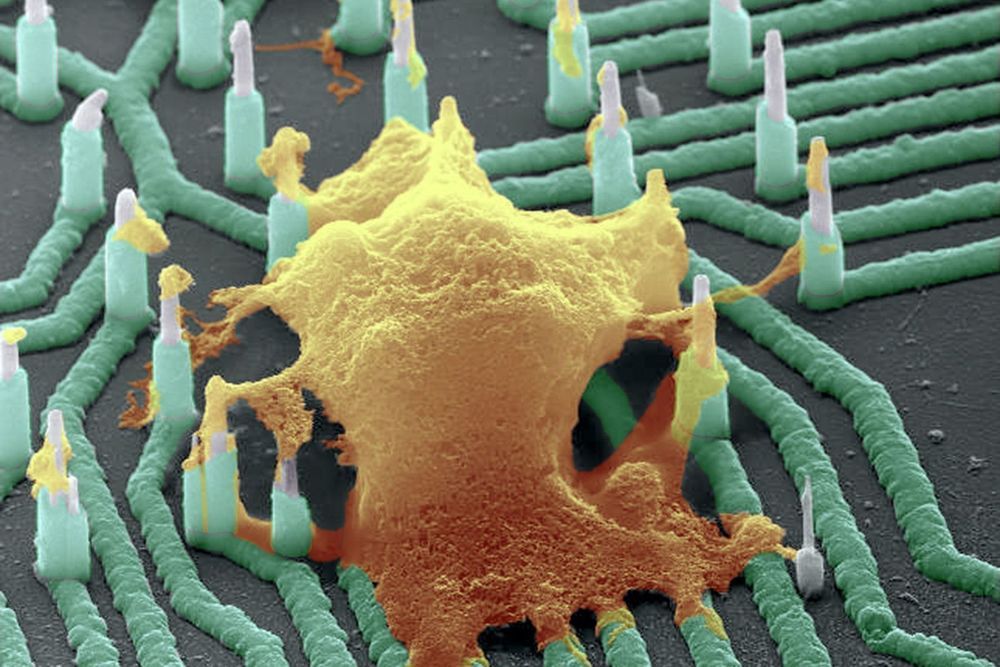
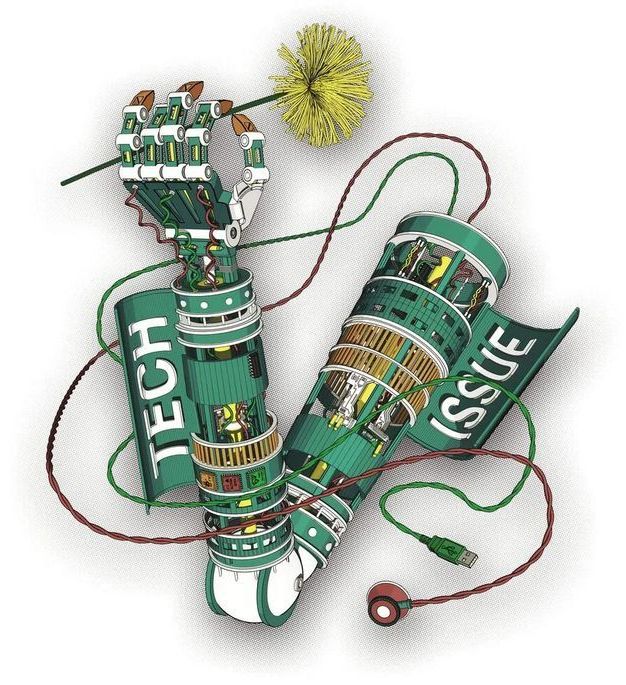

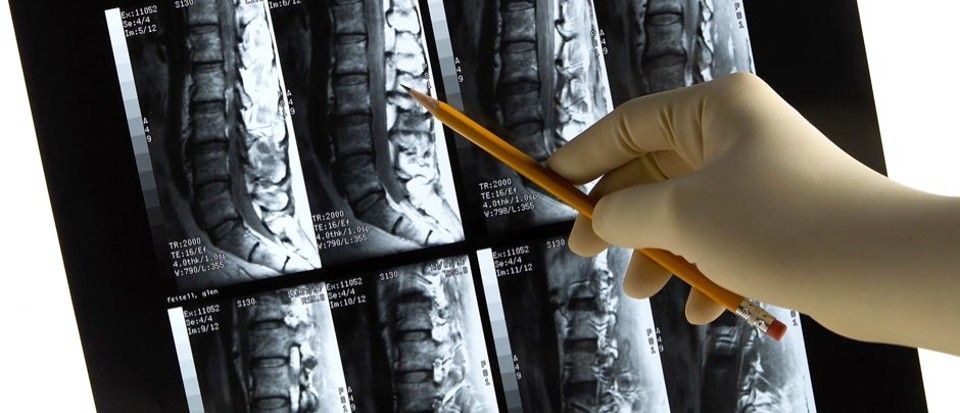
Micro implants could restore walking in spinal injury patients
People tend to think the brain does all the thinking, but the spinal cord has built-in intelligence, Mushahwar says. A complex chain of motor and sensory networks regulate everything from breathing to bowels, while the brain stem’s contribution is basically “go!” and “faster!” Your spinal cord isn’t just moving muscles, it’s giving you your natural gait.
Being able to control standing and walking would improve bone health, improve bowel and bladder function, and reduce pressure ulcers, the researchers say. For those with less severe spinal injuries, an implant could be therapeutic, removing the need for months of gruelling physical therapy regimes that have limited success, they add.
The team say they are now going to focus on refining the hardware further by miniaturising an implantable stimulator and getting approval from Health Canada and the FDA for human trials. The first generation of the implants will require a patient to control walking and movement through physical means, but longer term, the implants could potentially include a direct connection to the brain, they say.